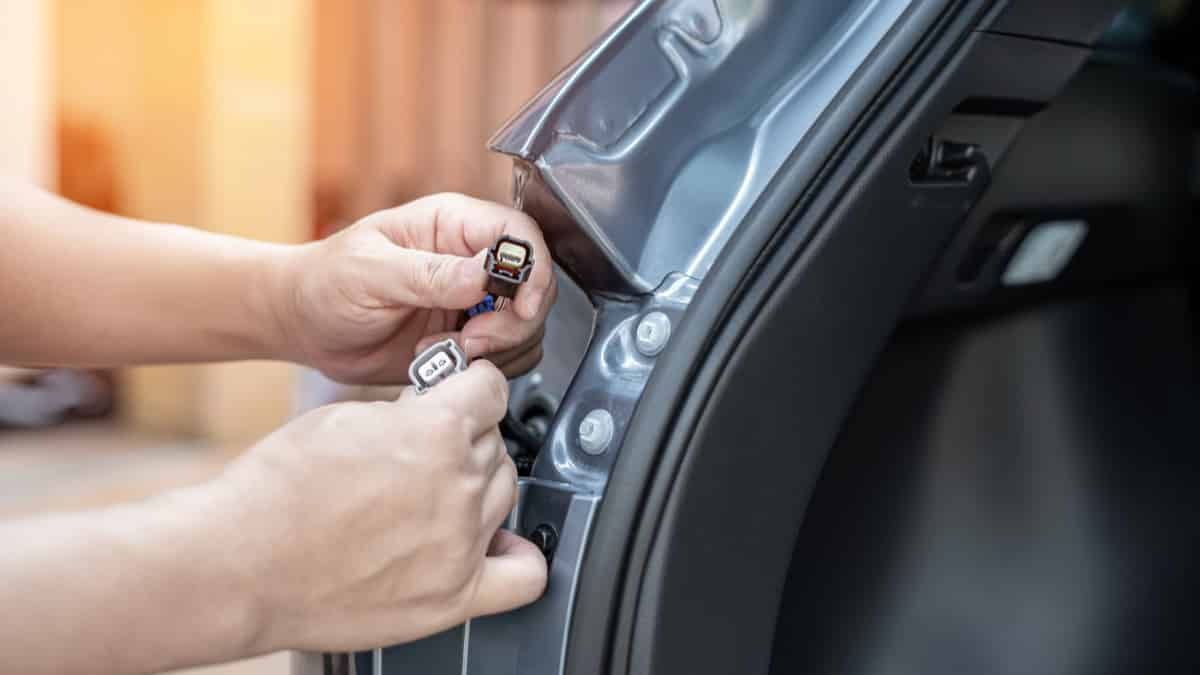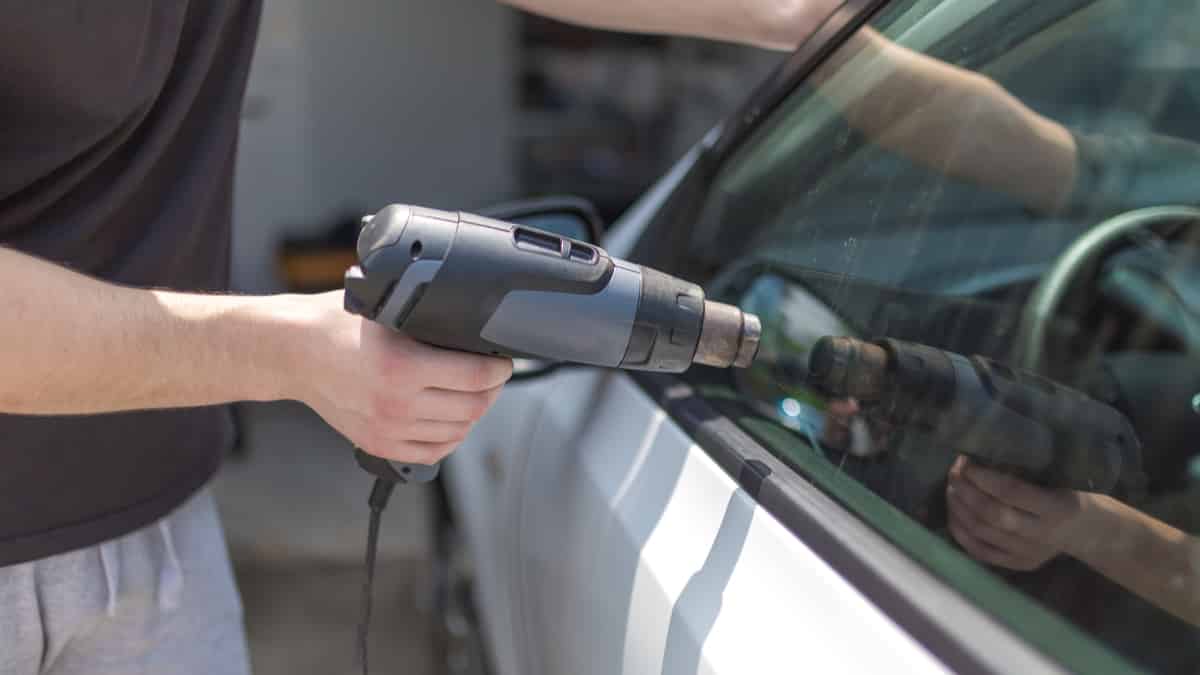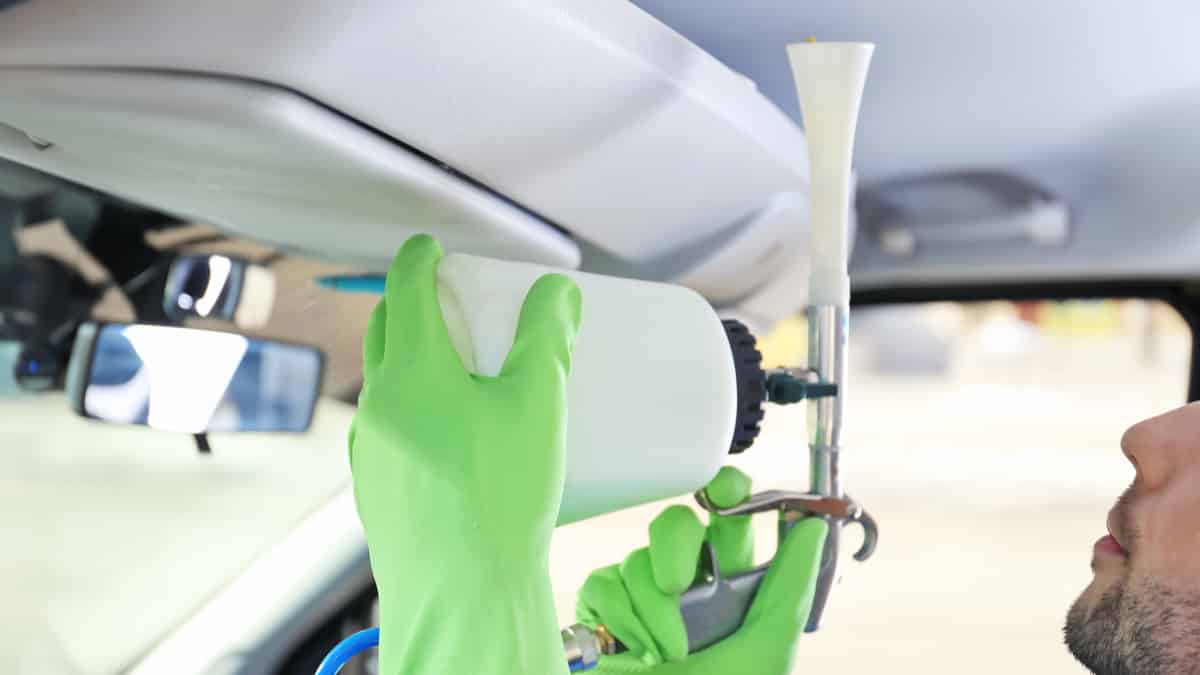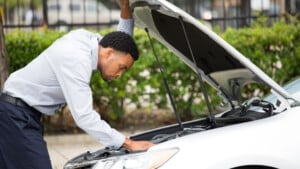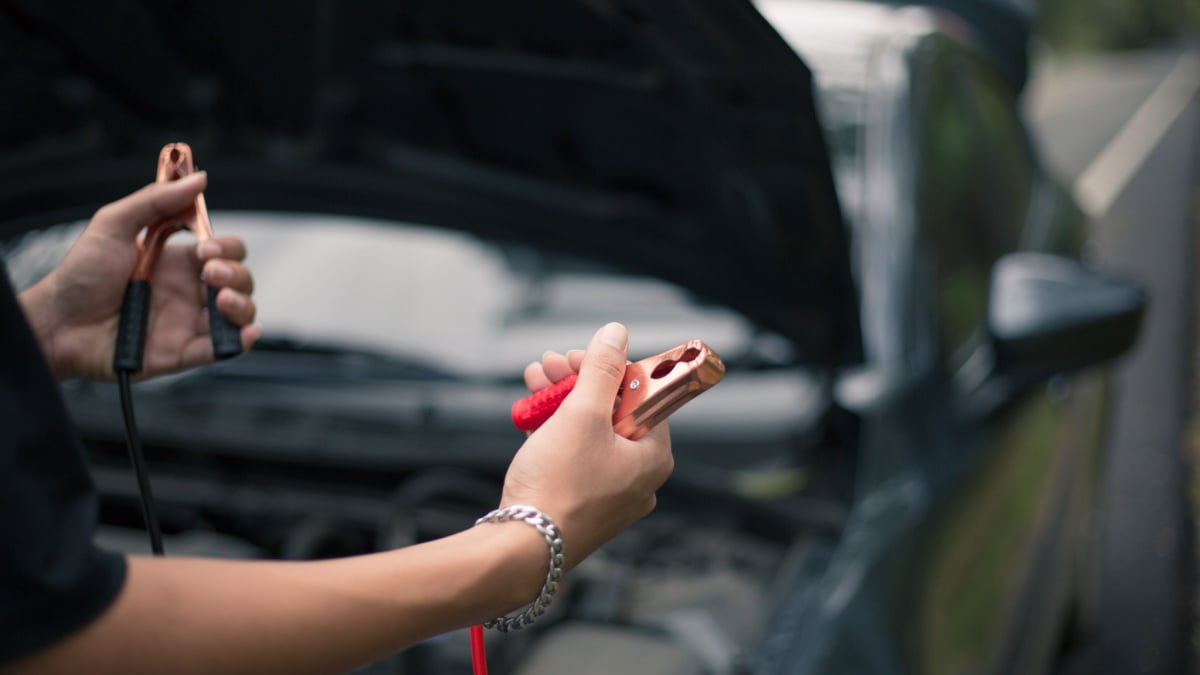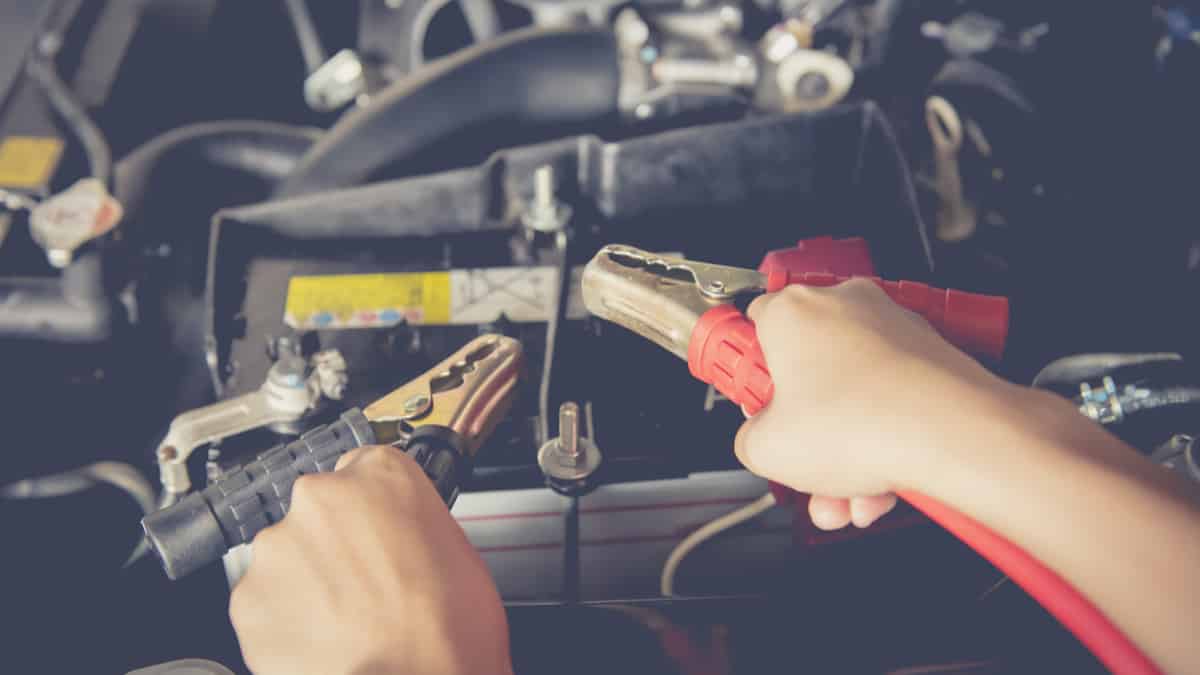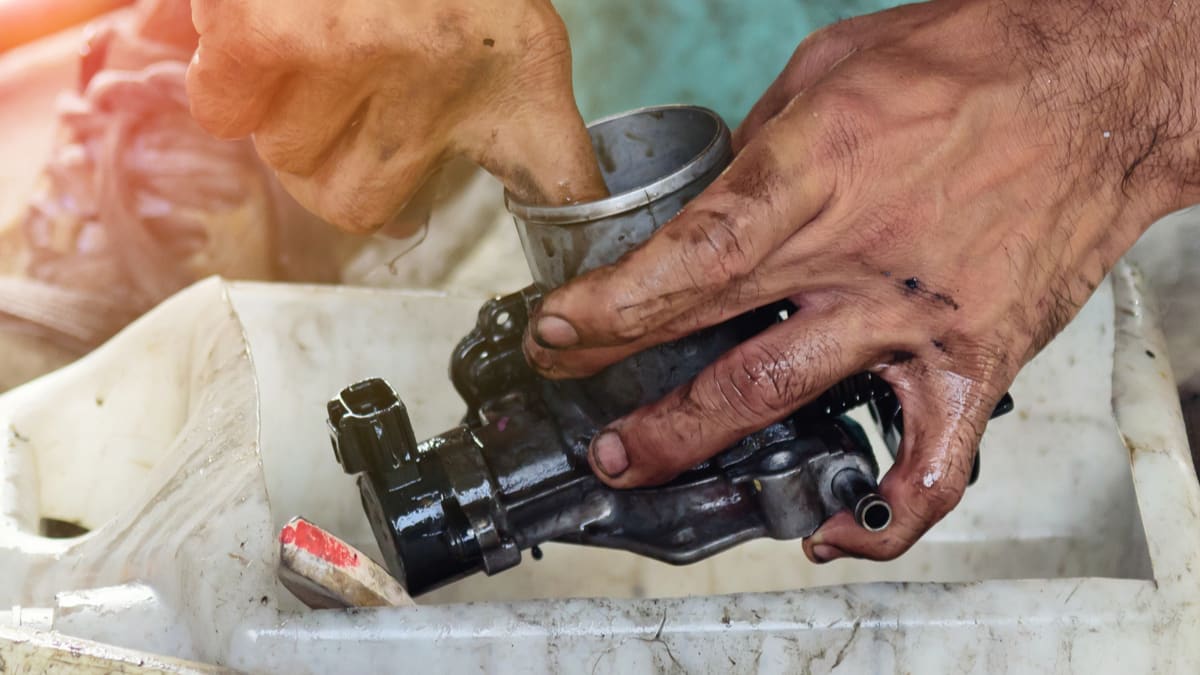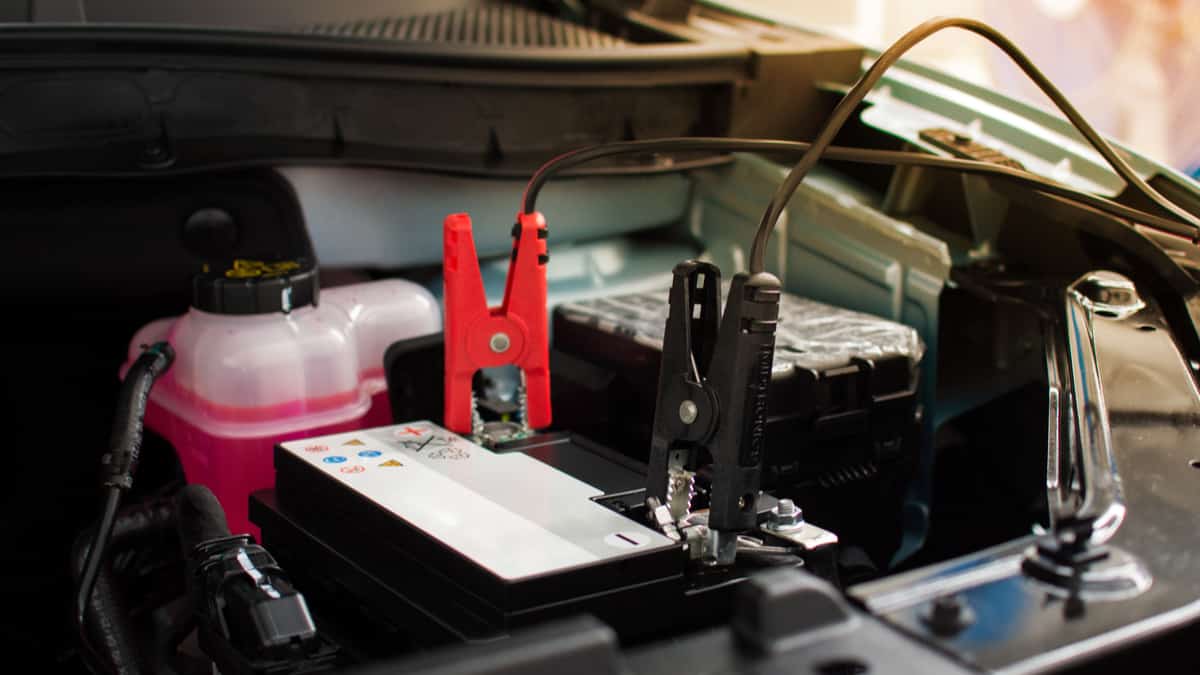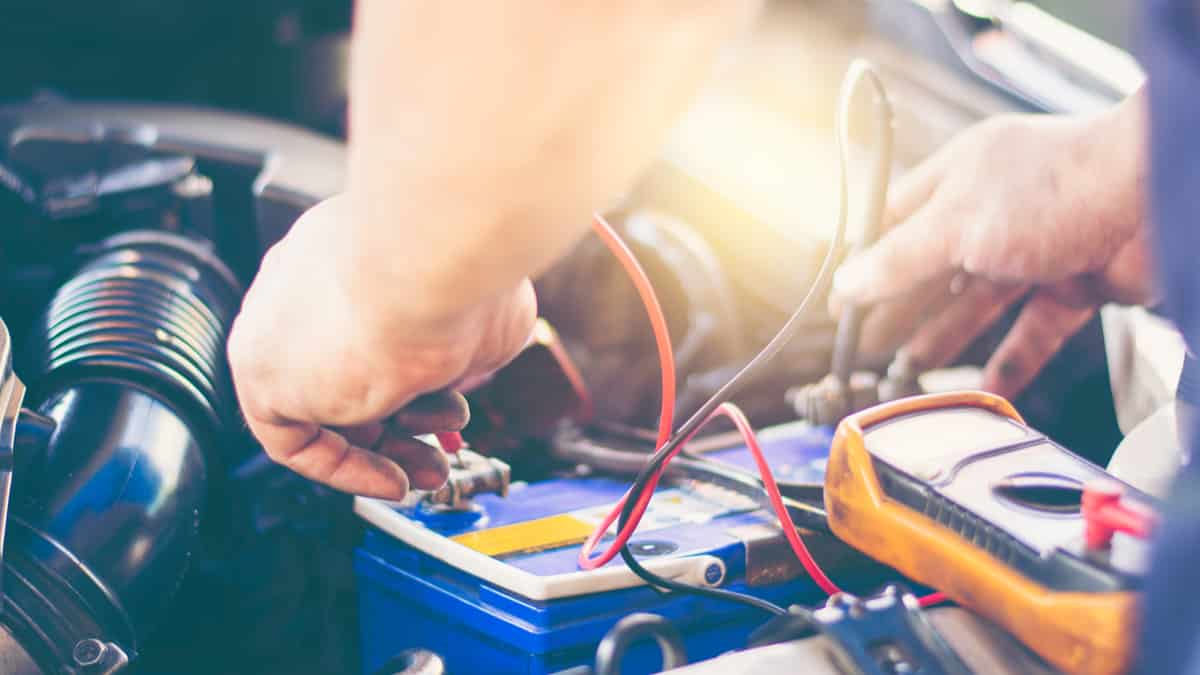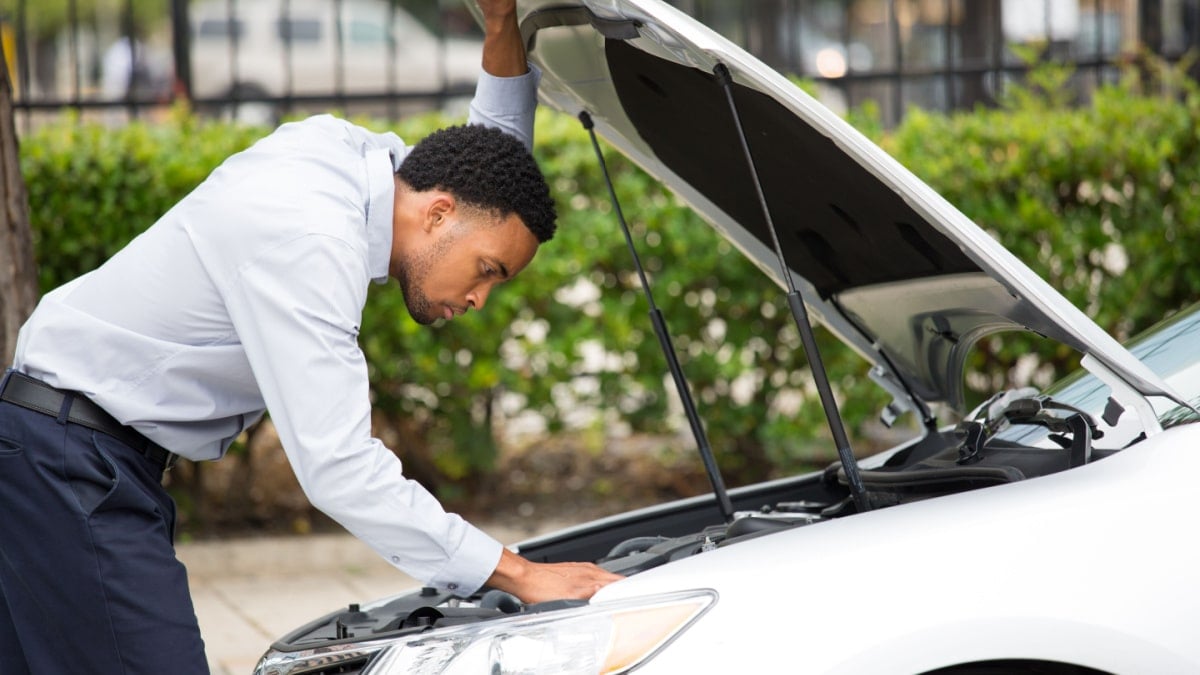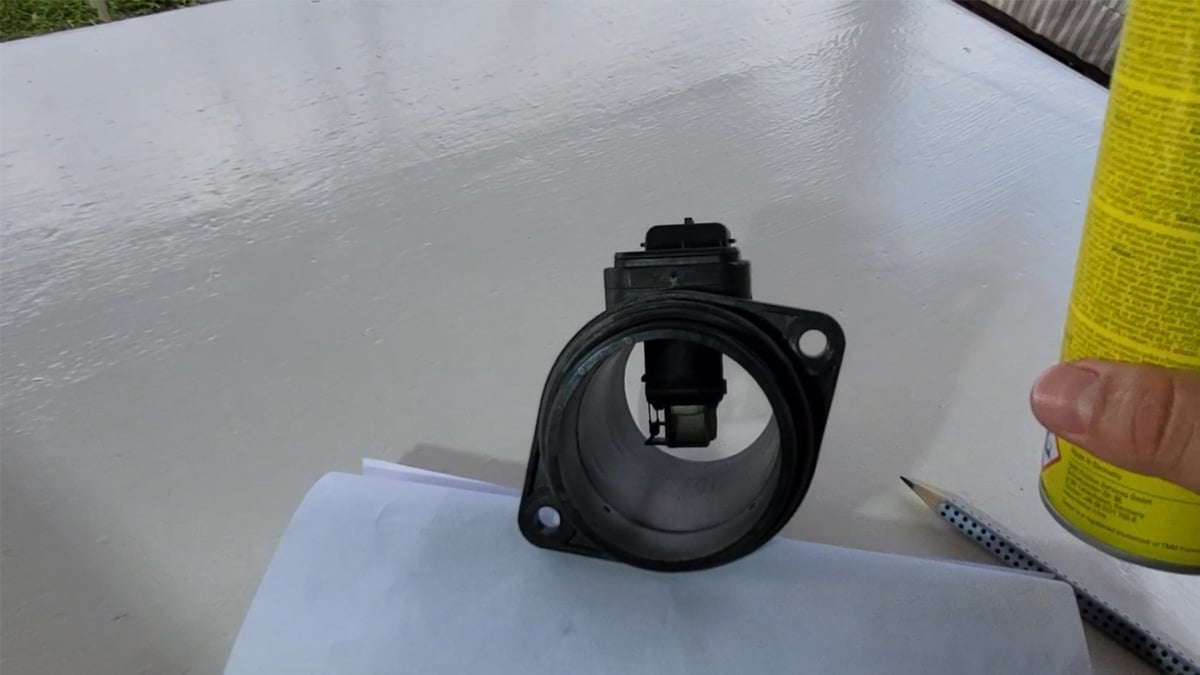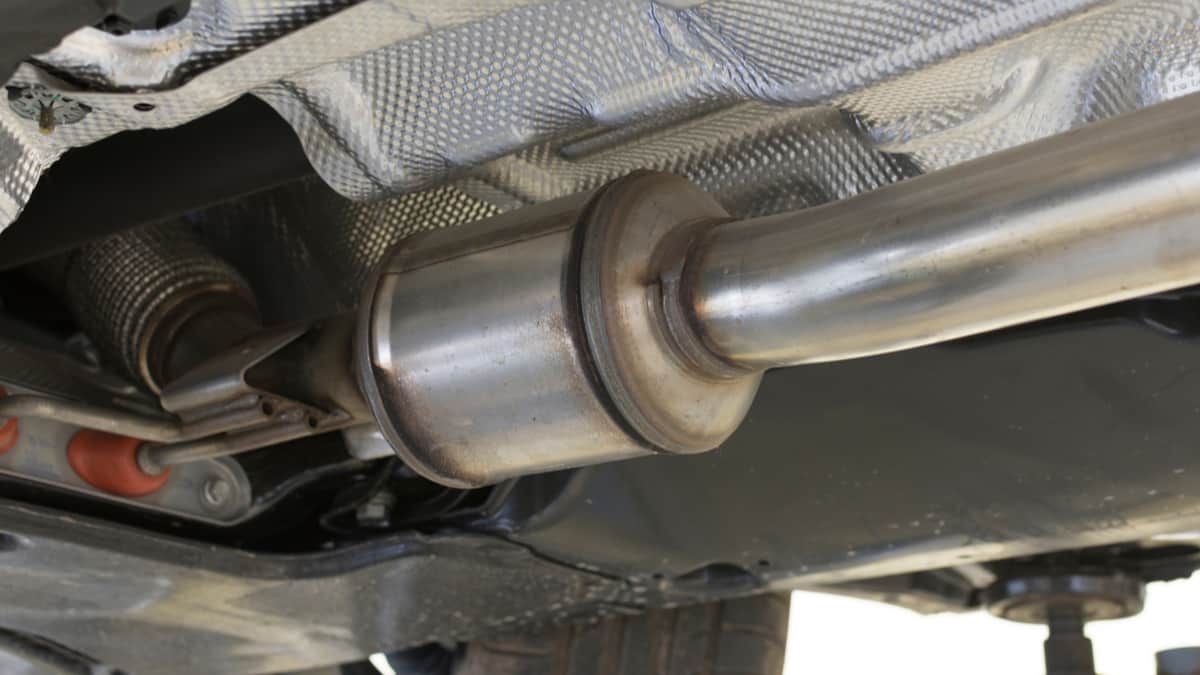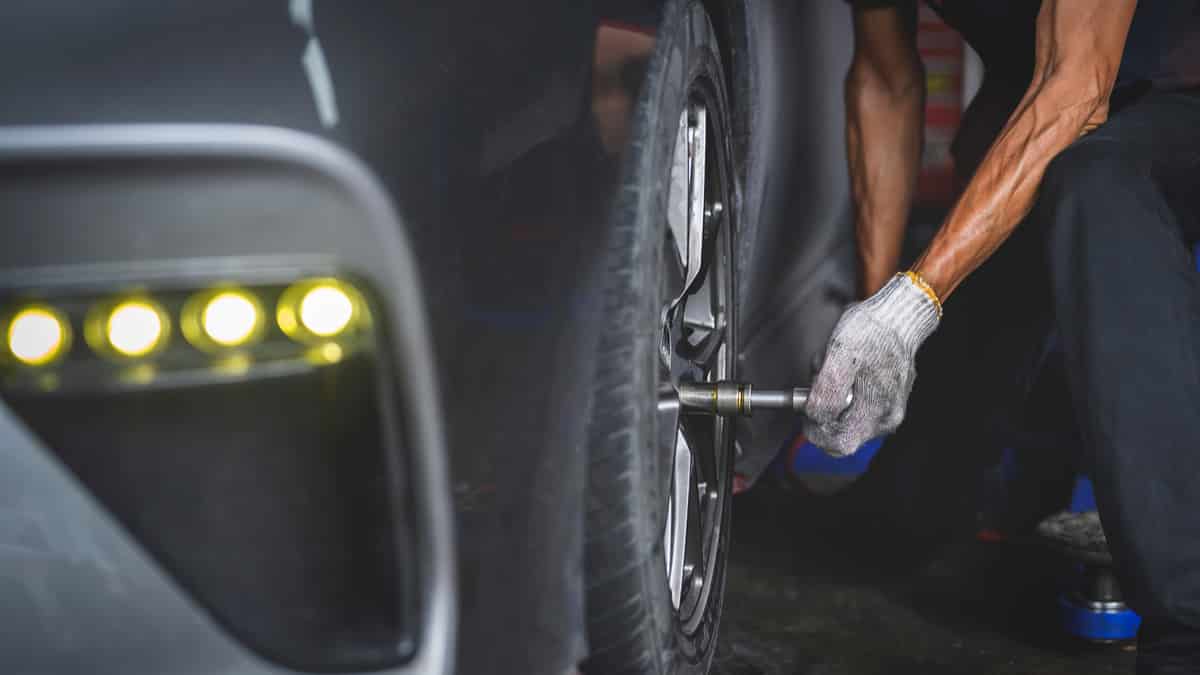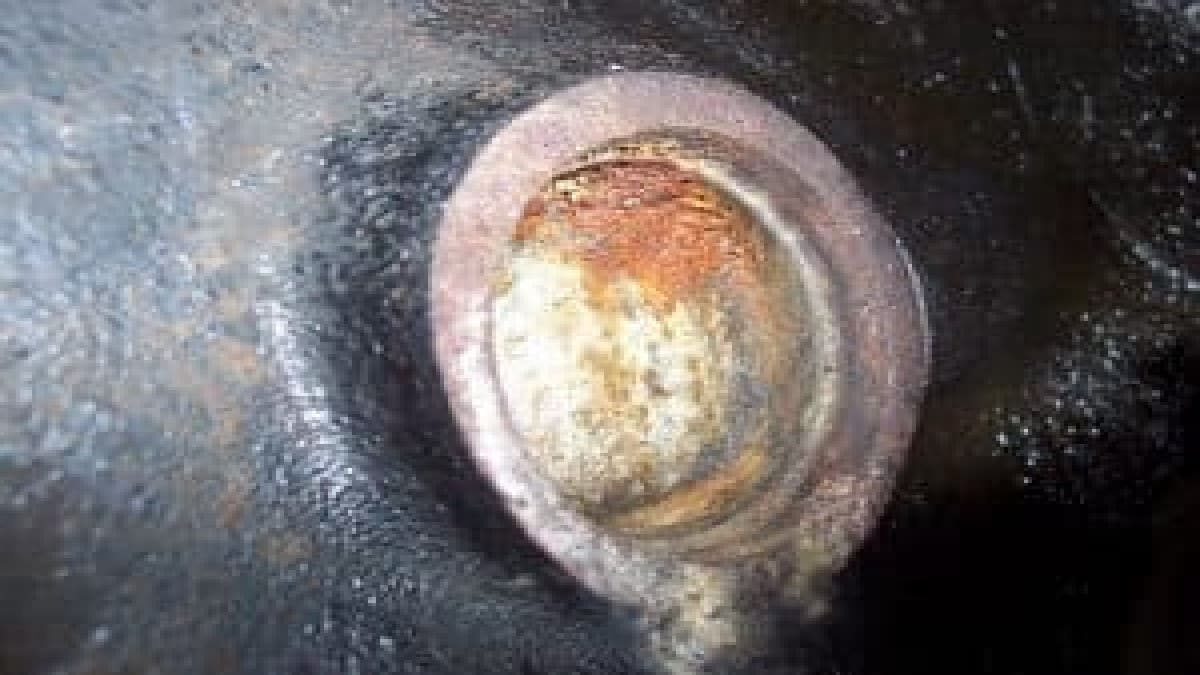The car is put through a lot of abuse, so it’s no wonder that the electrical contacts get dirty over time. Learning how to clean electrical contacts can ensure everything retains a good connection for optimal performance.
In this guide, I look at the reasons you want to keep the electrical connectors clean. I also evaluate the top ways to remove dirt and corrosion from these essential connections. In the end, I quickly review some common automotive problems caused by dirty electrical contacts.
Reasons to Clean Electrical Contacts
Your car is made up of many electrical connections that keep the essential systems running as designed. Whether it is the car battery or the sound system, electrical connections make it all run. Over time, dirt is going to accumulate on the surfaces, making it more difficult to get a solid connection.
As the connection is blocked, random malfunctions can occur. For example, a dirty connector could cause trouble starting the engine, while a contaminated wiring harness could stop you from getting the trailer lights working. The extent of issues corresponds with how dirty the connectors are and what parts are affected.
If the connectors aren’t kept clean, the dirt can start to cake on. As time goes on, the contacts can become more difficult to get clean. That’s why regular maintenance is more important. If you stay on top of the cleaning, there’s less chance that you will deal with malfunctions.
RELATED: Battery Terminal Corrosion Causes (How to Fix & Prevent It)
How to Clean Electrical Contacts
To clean electrical contacts, you can remove corrosion, oxidation, dirt, and grease with a baking soda and water mixture. Plus, compressed air is good for removing loose dirt. You might also consider using rubbing alcohol, sandpaper, or one of the available specialty cleaners.
Here are some more detailed steps on how to clean electrical contacts:
1. Specialty Cleaners
There are several specialty cleaners that can keep the contacts clean and free of debris. You should choose a brand that is well-trusted and has been proven to be safe. Additionally, it’s critical that you follow the recommended instructions to ensure the components are protected.
One popular choice is WD-40 Electrical Contact Cleaner. This substance cleans the areas that are regularly exposed to water and debris. Because it will penetrate tough corrosion, it’s great to use if nothing else seems to be working. Plus, there’s a handy nozzle included, ensuring it reaches the toughest areas.
With products like this, you can help restore electrical conductivity. Plus, it reduces the chance of a short circuit. With the rapidly evaporating non-conductive formula, there’s nothing left behind, so the rubber, plastic and metal surfaces can always be kept intact.
2. Baking Soda/Water
Baking soda and water are commonly used to clean battery terminals and contacts. It’s simple to make and couldn’t be any easier to use. While it can be used with other electrical contacts, let’s look at the best way to use it with the battery terminals and connectors.
- Loosen the bolts holding the cables to the posts. You will need pliers or a wrench.
- Take off the negative cable first. This cable is black and is indicated with a – sign.
- Remove the positive cable next. This cable is usually red and is indicated with a + sign.
- You can mix the baking soda and water ahead of time or apply it directly to the terminals. Sprinkle baking soda on the posts and connectors. Apply a small amount of water over the baking soda until it starts to fizz.
- With a stiff brush, scrub down the posts and connectors. Make sure your hands are protected by gloves to avoid any irritation.
- Apply more baking soda and water as needed.
- Rinse the cleaned area with distilled water.
- Dry the area with a clean microfiber towel.
- With everything dry, connect the electrical cables to the appropriate battery posts. Make sure you work backward, with the positive red cable getting attached first.
- Tighten up the connectors.
The baking soda and water solution works great on other areas of the car. Not only can it be used to perform interior cleaning and freshening, but it’s also helpful when cleaning carbon deposits off of various engine components.
Don’t forget to add Dielectric grease after you clean it!
RELATED: Which Battery Cable Should be Removed First, but Installed Last?
3. Compressed Air
If the contacts are filled with loose debris, you might find compressed air works best. You can use cans of compressed air or use your at-home air tank to blow away the dirt.
Compressed air is also helpful when trying several of the other methods. For any steps that require wetting the area, compressed air can be used to dry the surface before reconnecting the contacts.
4. Rubbing Alcohol
You could use a small amount of alcohol on the electrical contacts to remove dirt and debris. It works similarly to acetone, which can also remove contamination from the connectors.
Alcohol and acetone both cut through residue, carbon and oil with ease. Some people use brake cleaner in the same way, but this shouldn’t be used. It can be harmful to the electrical connectors and also cracks any plastic components it makes contact with.
5. Sandpaper
With a small section of fine sandpaper, you can rub connector pins to get rid of debris and imperfections. You don’t need a piece bigger than 1” x 2”. Some people also use a pencil eraser, which works the same way. If you do this correctly, the contact is going to look clean and shiny.
After you use the sandpaper, you should gently brush the connector with a toothbrush or other abrasive. This step helps you remove the sanding debris. You can also use a cleaner, such as alcohol or vinegar, to finish off the job. Just make sure the connectors are dry before you put the components back in place.
Automotive Issues Caused by Dirty Electrical Contacts
Dirty or corroded electrical contacts can cause more issues than you thought. Many novice mechanics will replace parts when a simple cleaning would have done the trick. For example, if the car is having trouble starting, the problem could be corrosion on the battery connectors instead of a dead car battery or defective alternator. Cleaning the terminals would be important to try before making any replacements.
Dirty connections can also hinder the flow of electricity to vital car systems. With every electrical installation, there are aspects such as sensors, relays, fuses and switches. If any part becomes dirty or contaminated, the transmission could be interrupted, leading to problems that make you think a part is bad.
Even the exterior lighting parts can have dirty contacts, causing intermittent visibility concerns. If the headlights, fog lights, brake lights or turn signals are acting erratically, it might be time to check the connector for signs of dirt and debris. Cleaning the connector would be easier and cheaper than replacing the bulb or assembly.
A good rule of thumb is to look at any defective part before you replace it. If you notice any dirt or debris, try cleaning it off with an appropriate solution before you buy a new one. The best-case scenario is that you won’t have to replace the part after all.
Categories: Cleaning & Detailing, Electric, Guides
